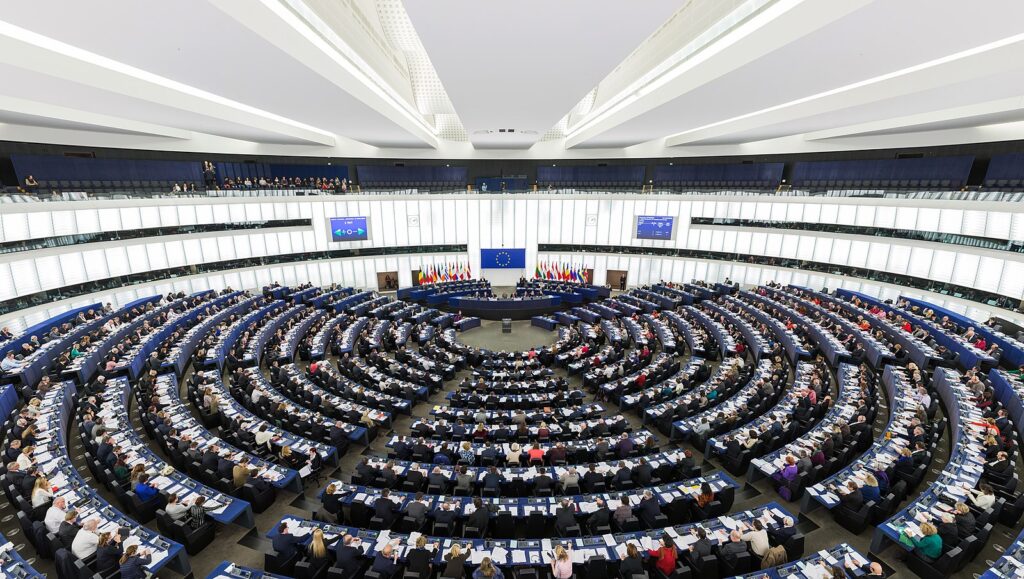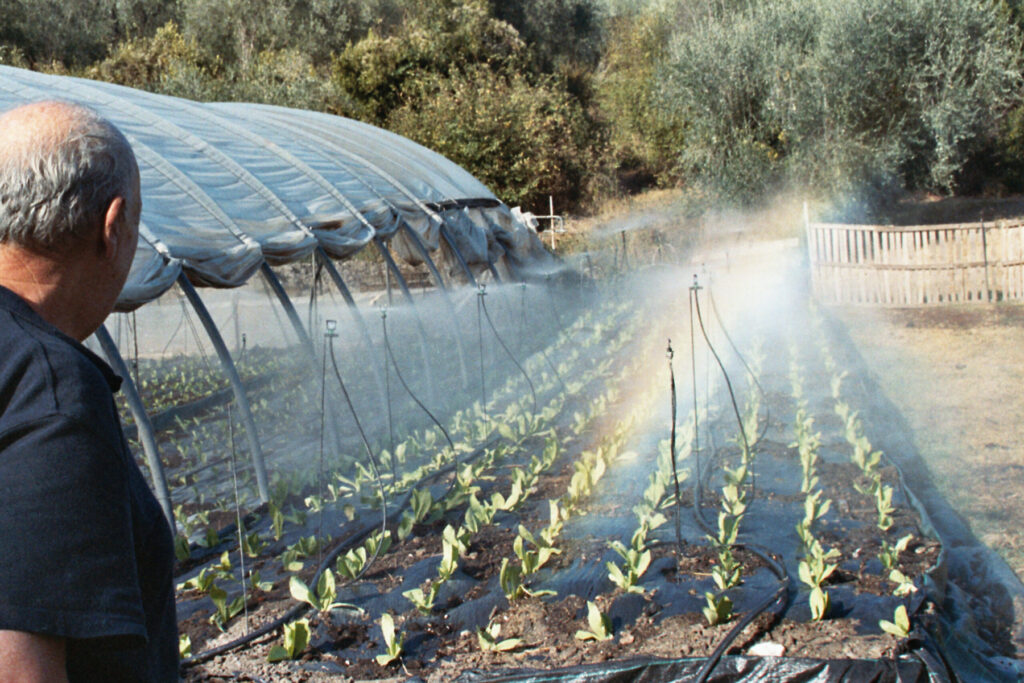In August, we focused on the development of the European Union’s Nature Restoration Law, a key part of the EU’s Biodiversity Strategy for 2030, or the Green Deal. This group of proposals and policies has the ambition of no net emissions of greenhouse gases by 2050 and for economic growth to be decoupled from resource use. With the EU’s poor conservation record, the Parliament felt the need to sanctify climate action through policy.
The European Commission published the Nature Restoration Law on June 22 2022, a proposal for legally binding targets to revive forests, wetlands, sea and landscapes that have been adversely affected by human development, with emphasis on those with the most potential to capture and store carbon, and that prevent and reduce the impact of natural disasters. The focus was to safeguard at least 30% of EU land and 30% of EU seas designated as protected areas.
The proposal was reviewed and amended by EU States and Members of the European Parliament, with opposition emerging through agricultural, fishing and forestry lobby groups. The European Parliament debated and voted on the Nature Restoration Law last June and July, with a final vote resulting in 336 votes in favour of the Law, 300 against and 13 abstentions.

The draft law then went through a series of negotiations between the European Commission, Council and Parliament, which concluded on November 9 with a new ambition of restoring at least 20% of the EU’s land and sea areas by 2030. It also contained binding targets to restore at least 30% of degraded habitats by 2030, rising to 60% by 2040 and 90% by 2050. Further revisions included land used for agriculture, stipulating that EU countries needed to enact measures that result in a positive trajectory in at least two of three key indicators: the grassland butterfly index; the amount of biodiversity features in agricultural land; and the amount of organic carbon in the soil of crops. This revised deal still required a vote by both the Parliament and Council on the final text.
Farmers’ vocal opposition of the Nature Restoration Law became outright protest in January. Their frustration of the increasing restrictions on their activities, included the obligation for four percent of their land to remain unused to support biodiversity. In response, the French Government abandoned their plans to reduce state subsidies and agreed to ease environmental regulations. This was followed by the EU stating it would delay the four percent rule for farmers until 2025. Despite these concessions, farmers continued to protest throughout February in the hope that EU decision-makers would concede to more of their demands.
In the face of this significant pressure, earlier this week, on February 27, the European Parliament approved the revised text of the Nature Restoration Law — despite last-minute attempts by members of the European People’s Party to block its approval — with 329 votes in favour, 275 against and 24 abstentions. The text still faces a final vote in the EU Council.

Considering the increasing amount of research highlighting the importance of healthy soil and biodiversity for agricultural production, it is clear that the Nature Restoration Law needs to be coupled with grassroots education initiatives to empower farmers with expanded environmental awareness.
Anton Rivette is a writer and photographer. He leads storytelling at eco-nnect.
You might also like: Eat the Leaf













